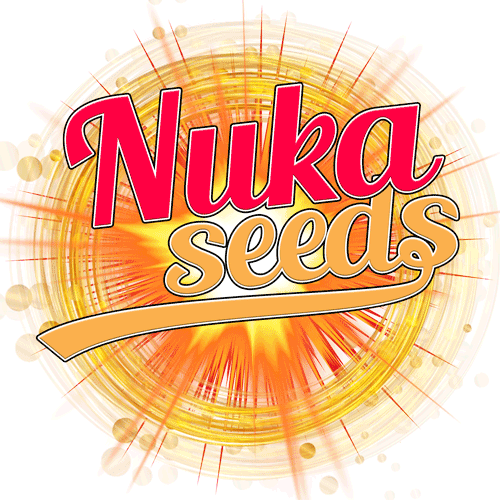English
The Effect of Frost on Cannabis Cultivation – Table of Contents
Cannabis is a resilient plant that thrives in diverse climates. However, certain environmental conditions, such as frost, can severely affect its growth and productivity.
Frost is a meteorological event where a layer of ice forms on surfaces. This is due to a drop in temperature below freezing point (0°C or 32°F). Cannabis, a thermophilic crop, finds it challenging to withstand these cold temperatures. The effect of frost on hemp plants can be devastating, leading to significant crop loss and reduced quality of yields.
Impact on you crop
When frost impacts the hemp plant, it causes damage at a cellular level. The water in plant cells can freeze, expanding and damaging the cell walls. This can lead to wilting, discoloration, and eventual death of the plant.
Specifically, in the flowering stage, the risk associated with frost exposure is greater. The delicate trichomes that coat the hemp flowers are responsible for the production of cannabinoids such as THC and CBD. These are susceptible to frost damage. Frost can cause these trichomes to burst, leading to the loss of potent cannabinoids and terpenes. Thus diminishing the crop’s overall quality.
Additionally, if frost damage affects the plant during early stages of growth, it may stunt its development. This will reduce the overall yield. Frost can also create an ideal environment for the growth of pathogens like mold and fungi. This can further compromise the health of the crop.
Understanding Plant Hardiness
Not all cannabis varieties are equally affected by frost due to varying levels of hardiness. Effect of frost on cannabis cultivation, those native to colder regions, like the Hindu Kush mountains, exhibit a higher resistance. They have evolved over time to survive in these harsh conditions. They developed thicker stems and foliage, and an accelerated flowering cycle to avoid the onset of winter.
On the other hand, varieties originating from tropical regions are often more susceptible to cold damage. Understanding these genetic differences is critical when selecting varieties for cultivation in regions where frost is a common occurrence.
Mitigation Strategies
- Proper Timing: Most effective strategies to protect hemp plants from frost is to plan the growing season properly. Cannabis growers should take local frost dates into account. Aim to harvest before the first expected frost of the season.
- Frost Protection Covers: Growers can use frost blankets or cloches to insulate plants, creating a warmer microclimate. These protective covers trap heat from the soil, protecting the plants from frost damage.
- Plant Location: Cultivating hemp in a location that naturally mitigates the effects of frost. Such as a south-facing slope, can be beneficial. This positioning allows for maximum sunlight exposure and natural heat retention.
- Heaters and Wind Machines: In large-scale operations, heaters can be used to keep greenhouses warm. Similarly, wind machines can circulate warmer air from above to the plant canopy, reducing the risk of frost formation.
- Indoor Cultivation: Indoor cultivation provides a controlled environment. Here temperature, humidity, and light exposure can be precisely managed, virtually eliminating the risk of frost.
In conclusion
Conclusion, while frost can pose a significant challenge to cannabis cultivation, with a proper understanding of the plant’s needs. With the right protective measures, growers can minimize the risk. Integration of frost-tolerant varieties, suitable planting locations, and protective tools. This can ensure the continuity and quality of hemp production even in colder climates.
If you decide to grow your own cannabis plants, always buy good quality, fresh cannabis seeds.
You can check out seeds from Nukaseeds.
Published by Blood
05/06/2023choose and buy cannabis seeds from our offer
our pleasure



























